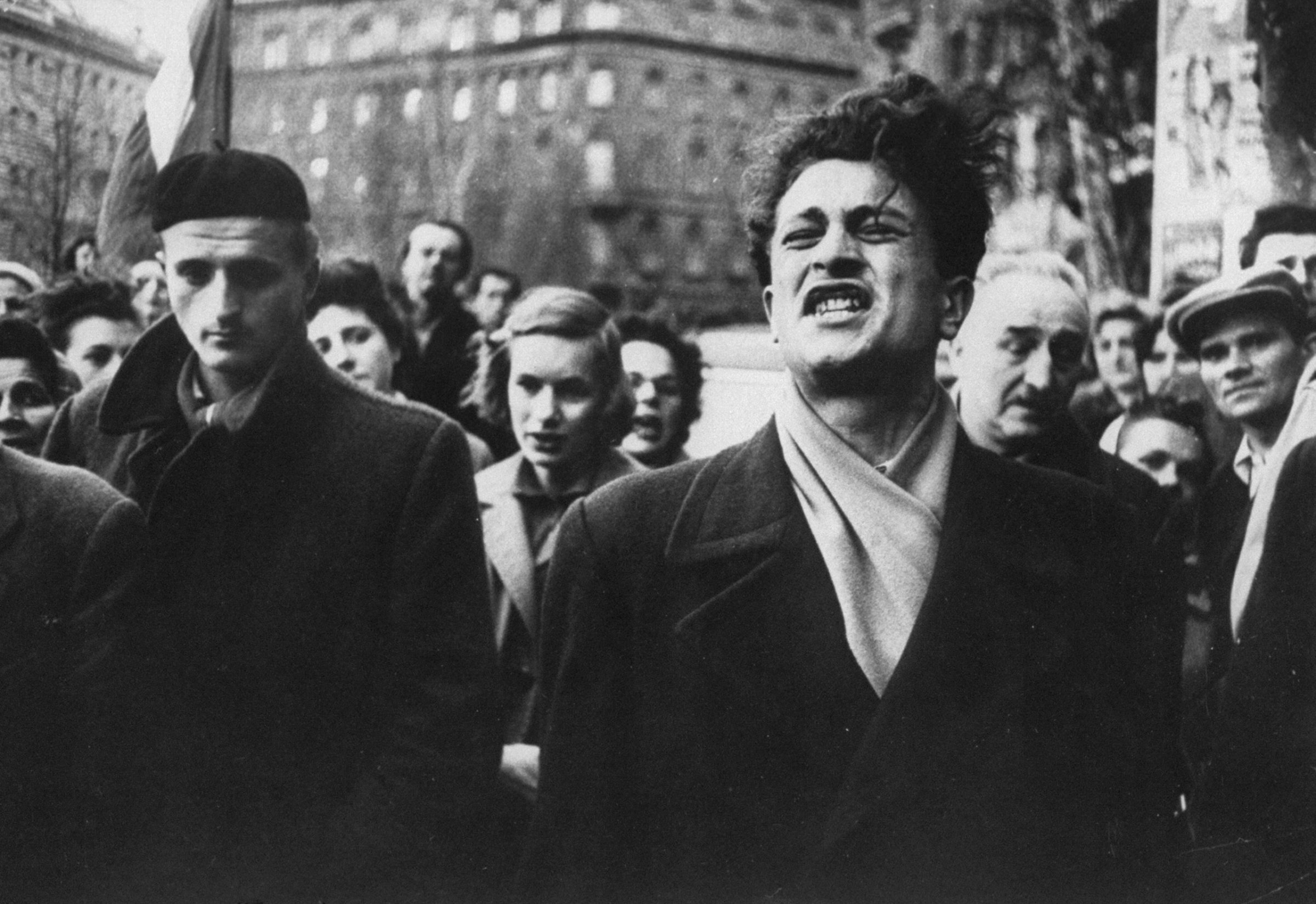
Born in England on June 16, 1925, Michael Rougier began his career as a photographer for the Montreal Standard newspaper. His big break came when he was assigned to photograph cattle being shipped to Argentina from Canada. While in Argentina, he made photos of the then-camera shy Eva Perón, eventually smuggling the pictures out of the country and back north. Those images ran in both the Standard and in LIFE, where he was hired as a staff photographer in November 1947, remaining with the magazine for more than two decades. (He eventually left at the end of 1971, a year before LIFE ceased publishing as a weekly.)
During his 24 years with the magazine, Rougier displayed the sort of versatility for which so many of LIFE’s photographers were known. He covered the Korean War — with his greatest work focusing on children orphaned by that conflict. He covered the Hungarian revolution of 1956, weddings in North Dakota, Boy Scouts, horse racing, drug-addled Japanese teens and countless other stories, in countless other locations. He exemplified the ideal of the staff photographer, for whom no assignment was too small (or too big).
Early in his career at LIFE, he accepted a handful of assignments that illuminated his compassion for the powerless. The first was a story about a blind poodle named Midget. The story goes that he almost passed out in the operation room while Midget was being operated on to restore her sight. He also photographed a story in Texas in 1948 about a cat that got around via wheelchair. He even adopted a goat after covering a “goat round-up” in Virginia in 1950.
The one story that most perfectly captures Rougier’s remarkable empathy for his subjects, however, involved a Korean orphan named Kang (see slide #4 in this gallery). In 1951, he was sent to southeast Asia to cover the Korean War (replacing his LIFE colleague, John Dominis). While there, Rougier came across the Taegu orphanage and met Kang, a boy who would eventually be introduced to the LIFE’s readers as “the boy who wouldn’t smile.”
At one point, Rougier (pictured at left with a Korean orphan) sent a remarkable open letter to his colleagues back at Time Inc. in New York Time, asking — in fact, almost begging — for assistance to help Kang and the orphanage. (“You might be a helluva long way from war in a bar in New York but these kids can’t remember anything but war — few of them remember anything of their life before their mothers, fathers, brothers and sisters were killed right before their eyes. Get the contacts of my first take and look at them — look at Kang — and then please — send some stuff.”)
The letter got results. The orphanage received money, books, vitamins, clothing. Kang did, eventually, smile and was adopted by an American family.
From the first, Rougier was recognized as a stellar photojournalist by his peers, and won Magazine Photographer of the Year honors from the National Press Photographers Association in 1954.
In 1964, meanwhile, on assignment in Antarctica, Rougier almost met his death when he was seriously injured after tumbling more than 600 feet down a mountainside while covering scientists who were working at the bottom of the world studying glaciers. Today, the peak is called “Rougier Hill,” in honor of the intrepid photographer who nearly died on its slopes.
Michael Rougier, who was an accomplished sculptor in addition to being a masterful photojournalist, died in Canada on January 5, 2012.
— Liz Ronk is the Photo Editor for LIFE.com. Follow her on Twitter at @LizabethRonk.



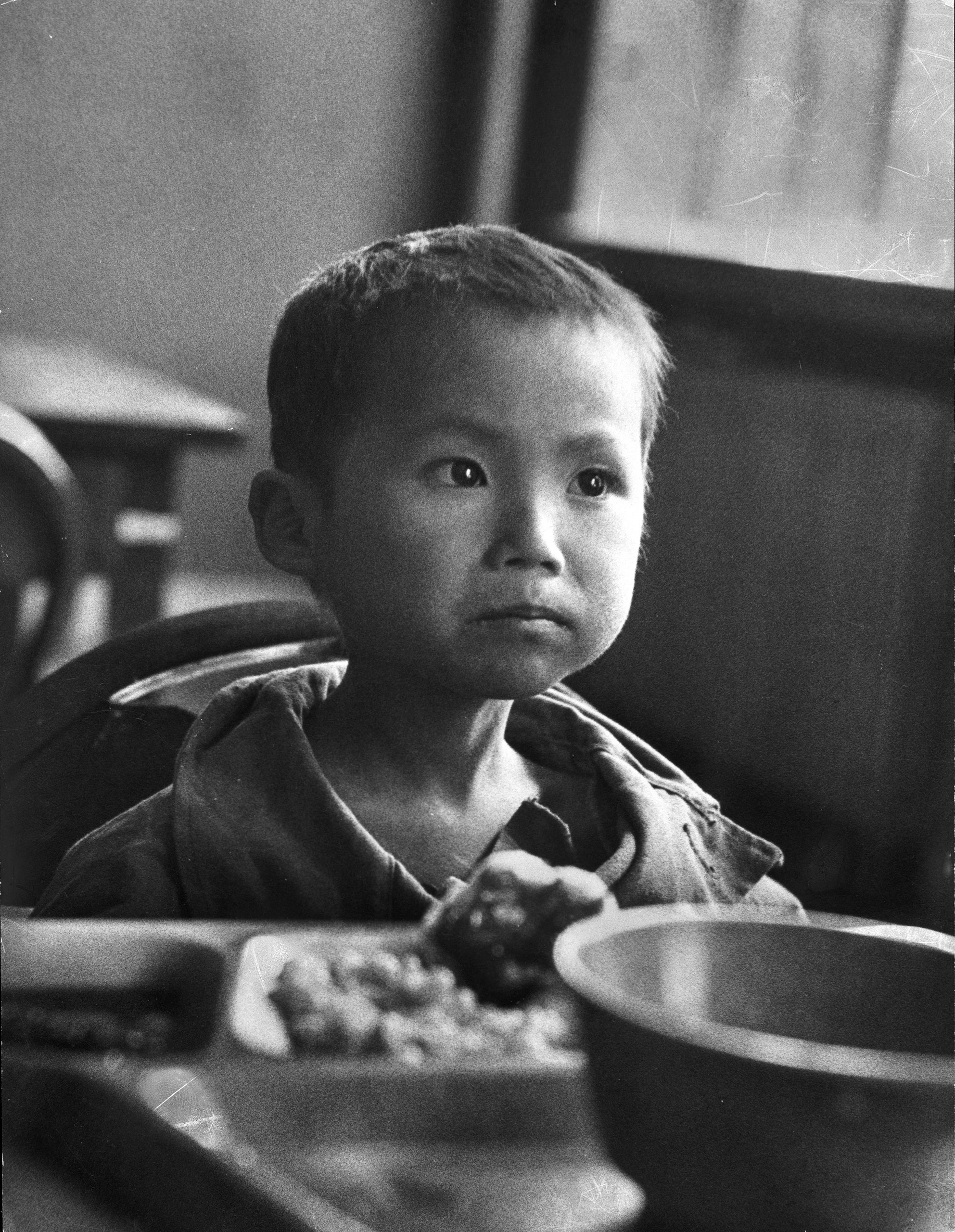



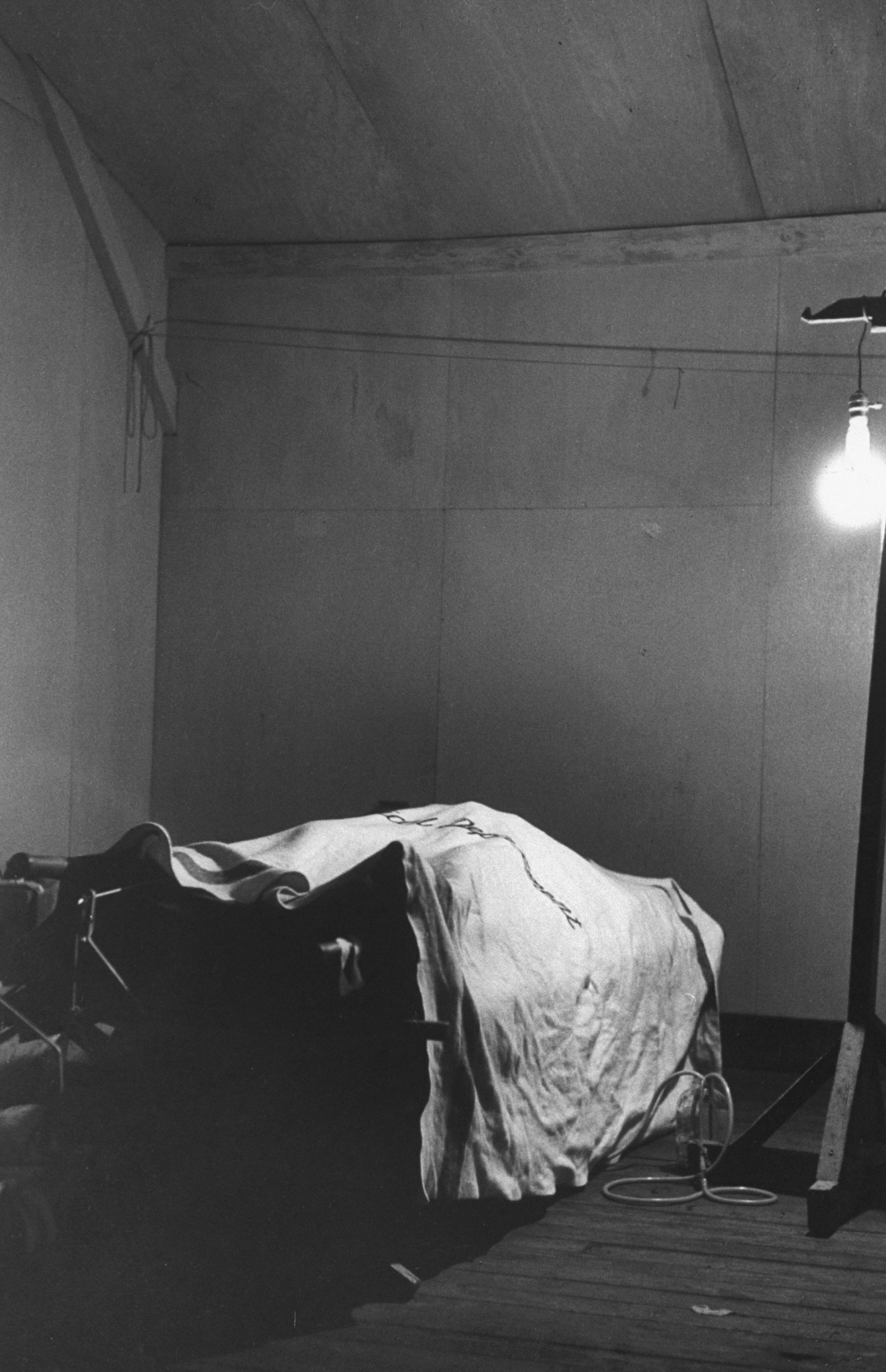

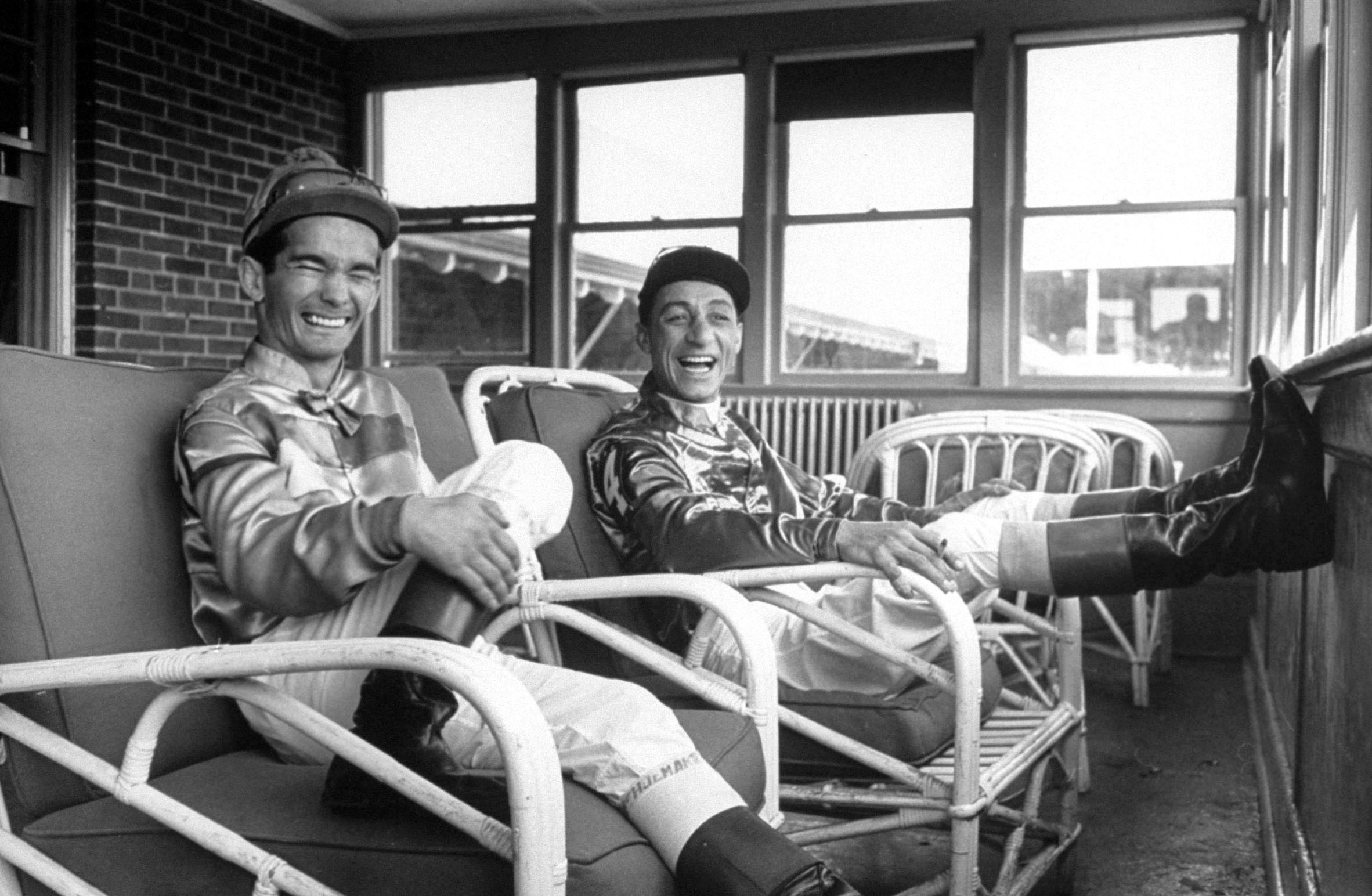
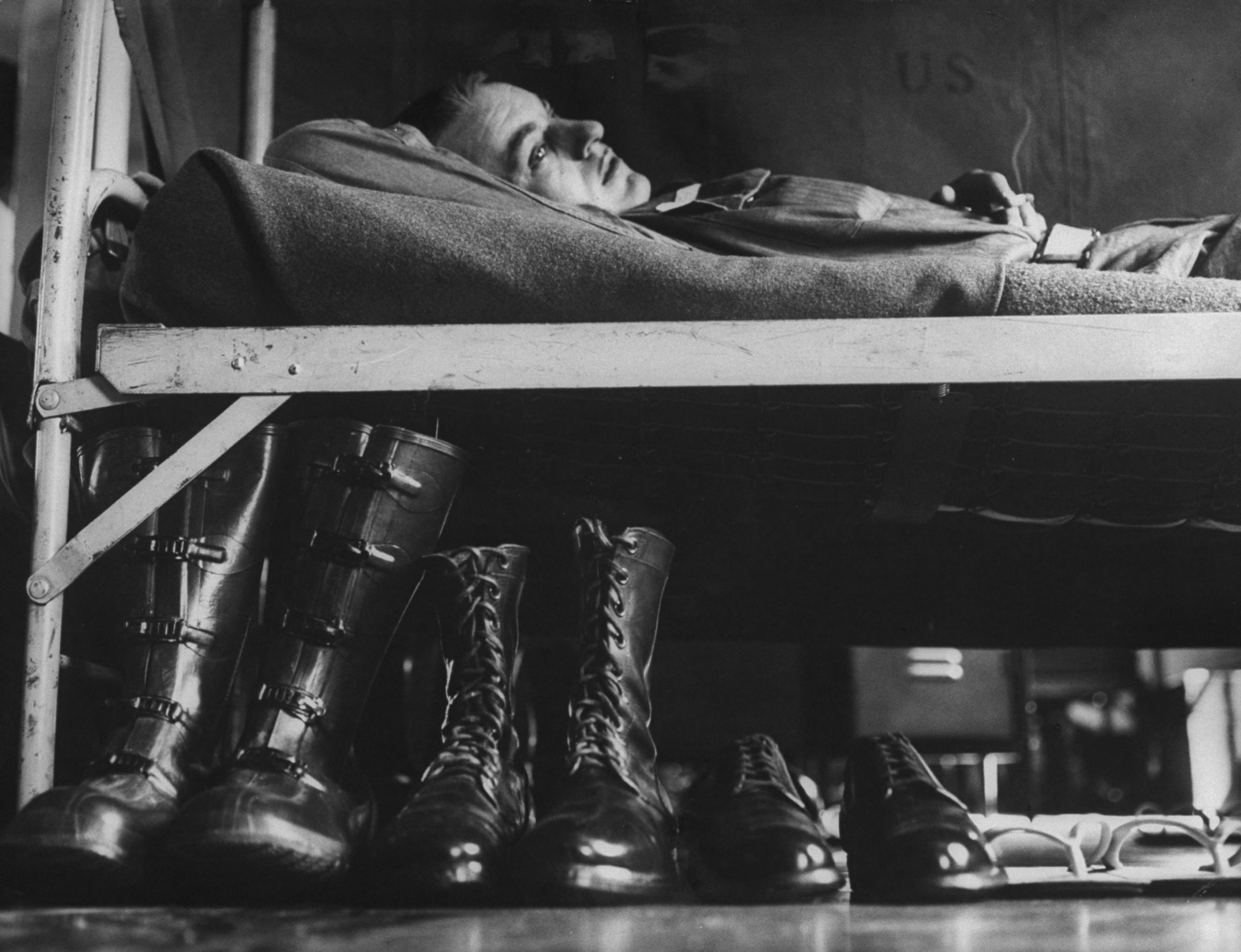
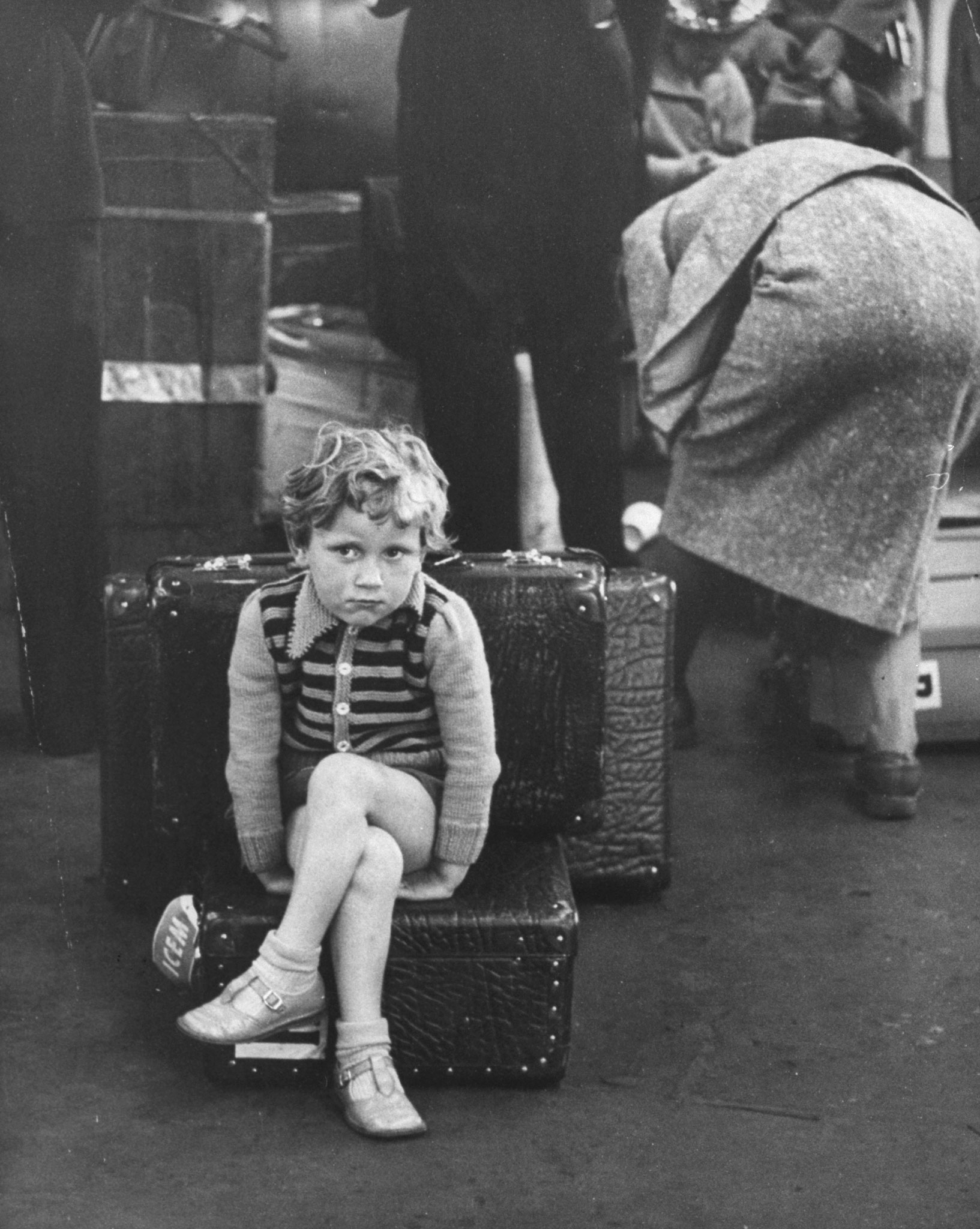
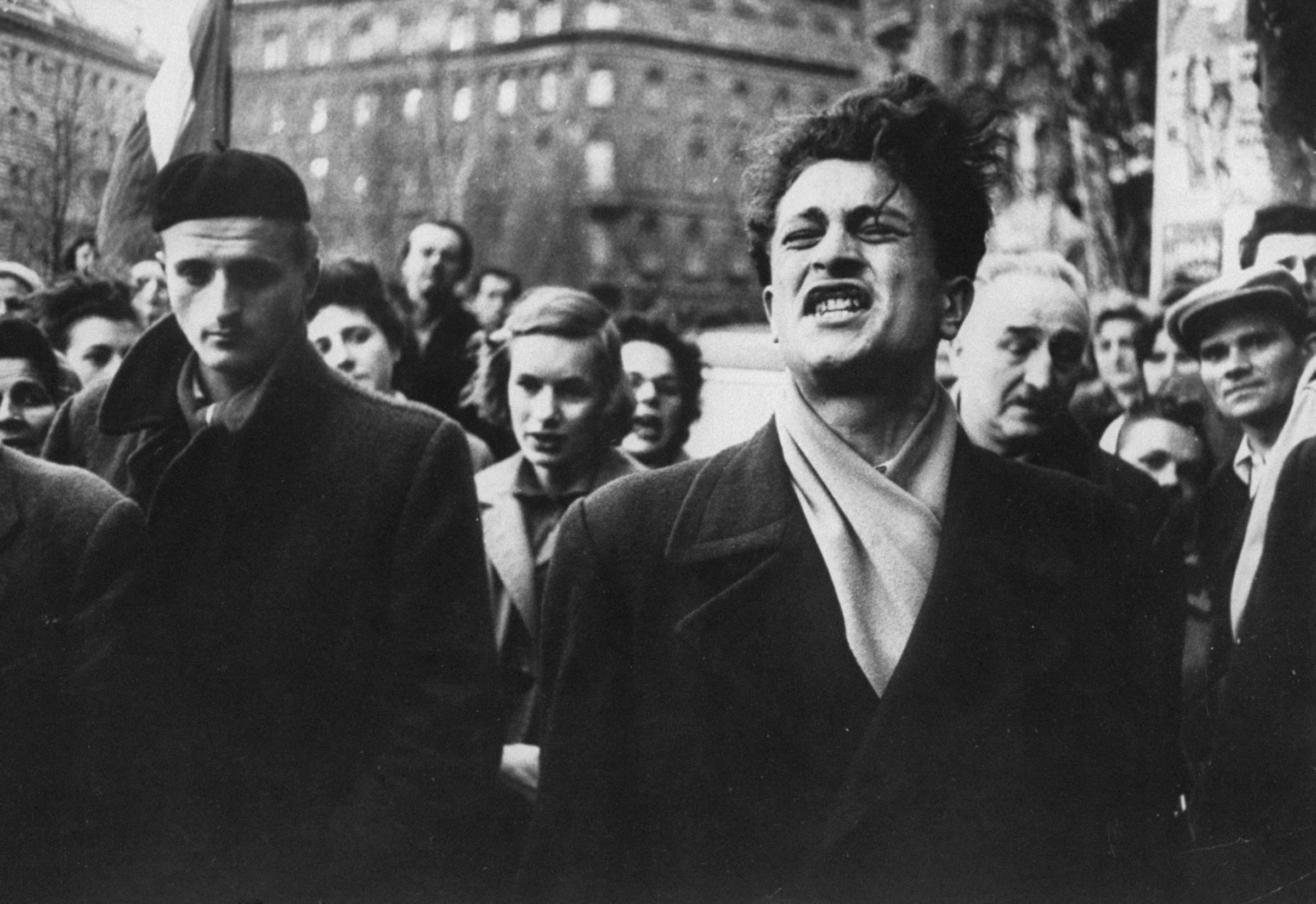
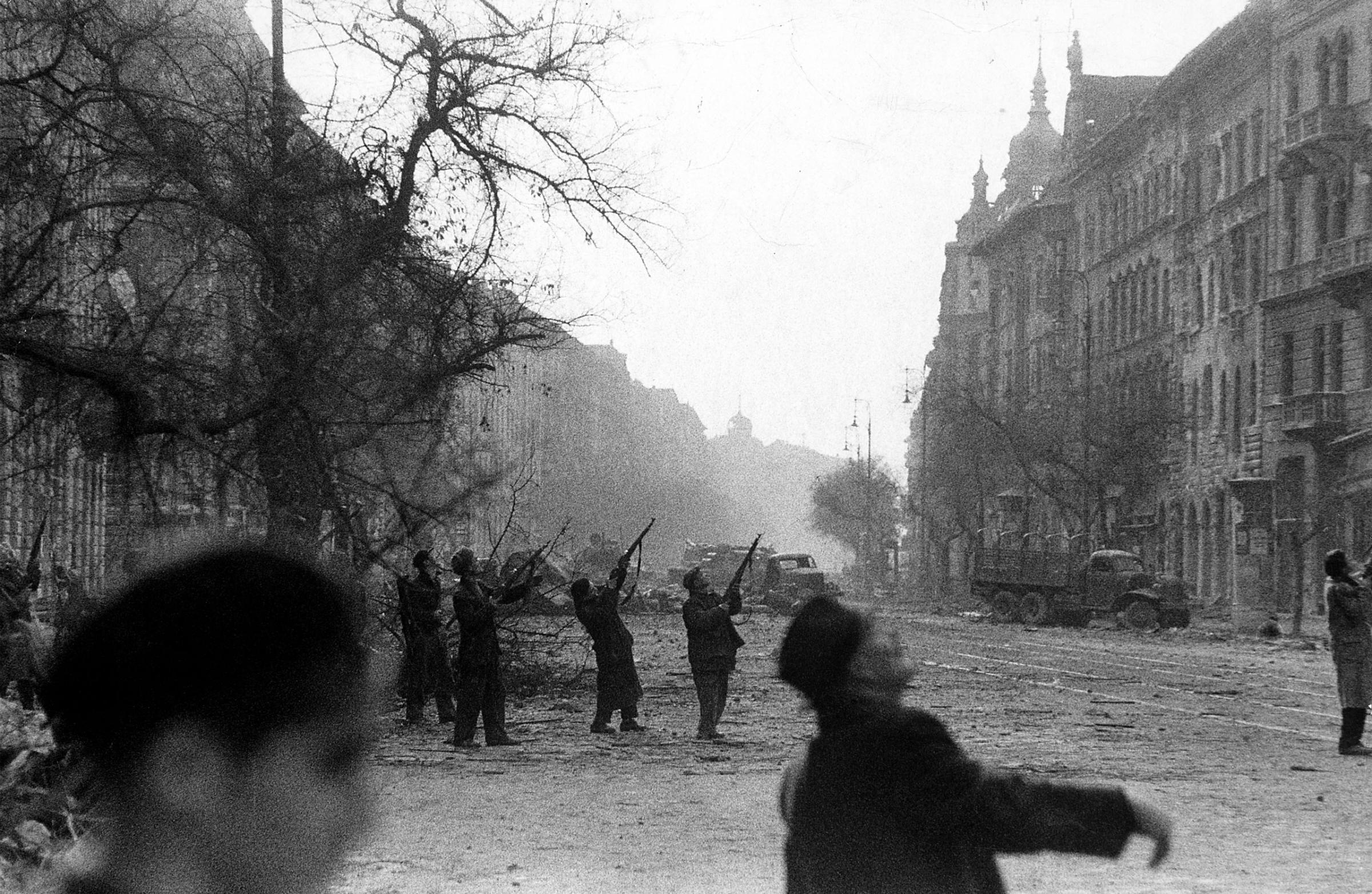



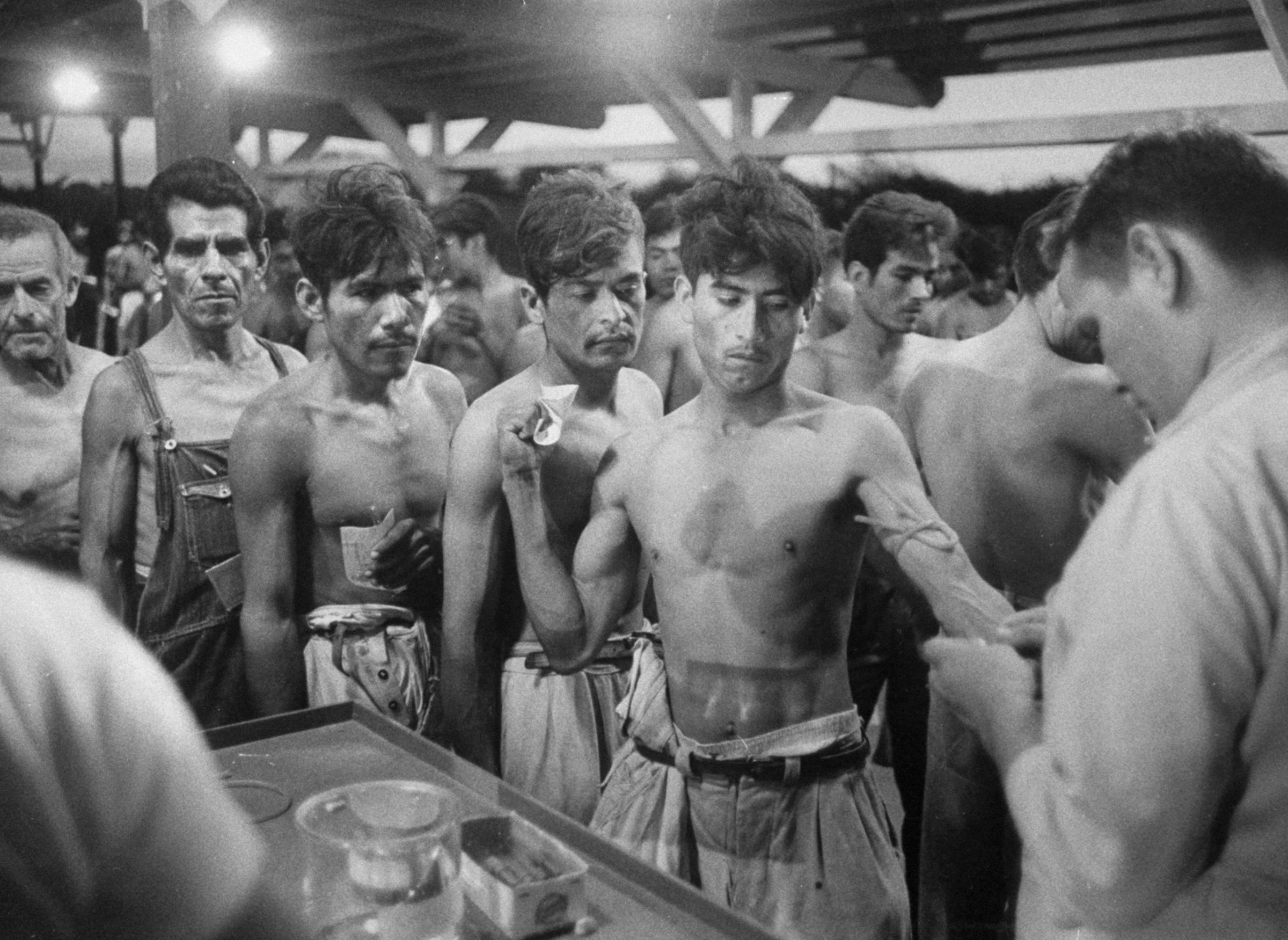
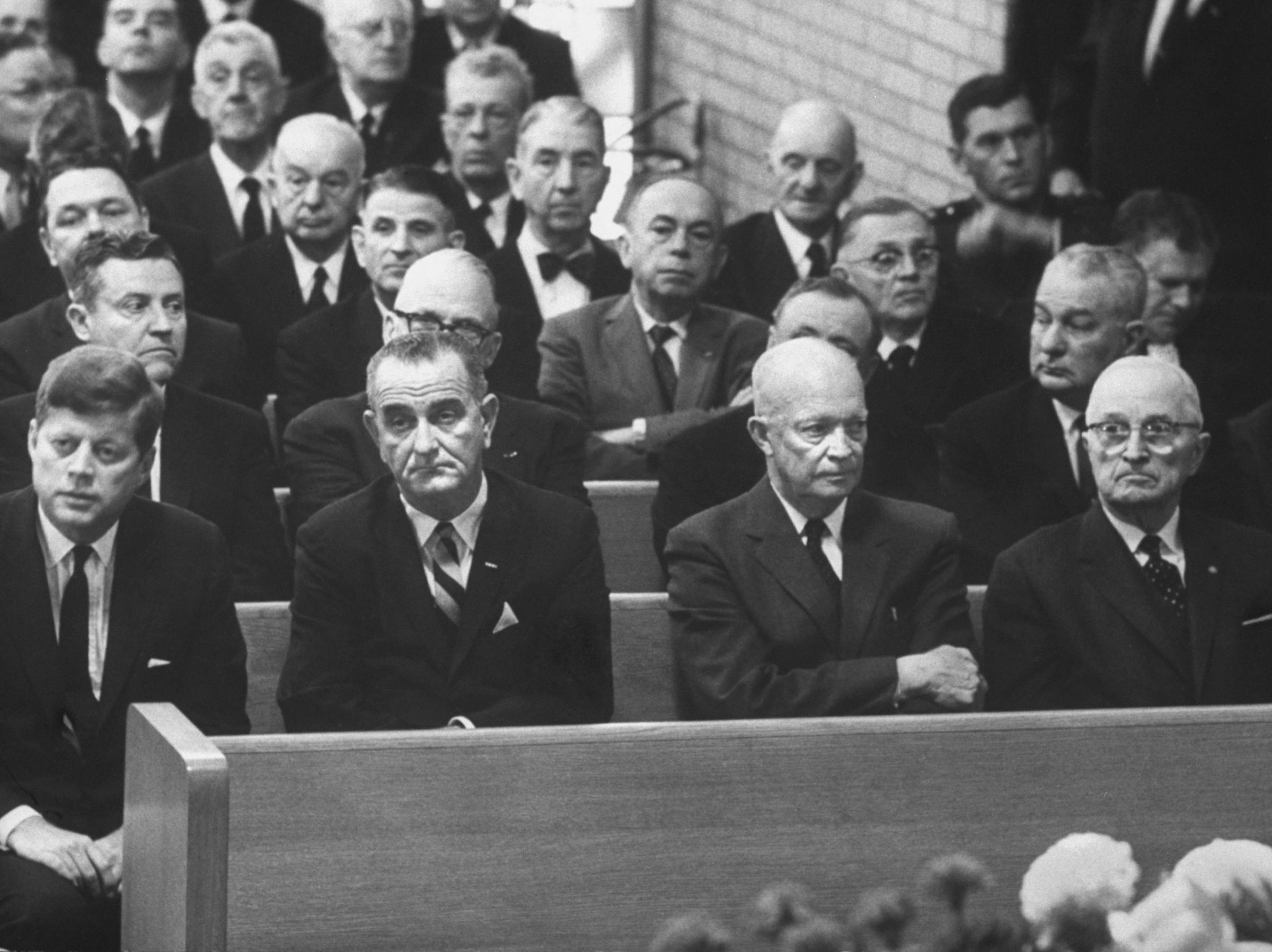



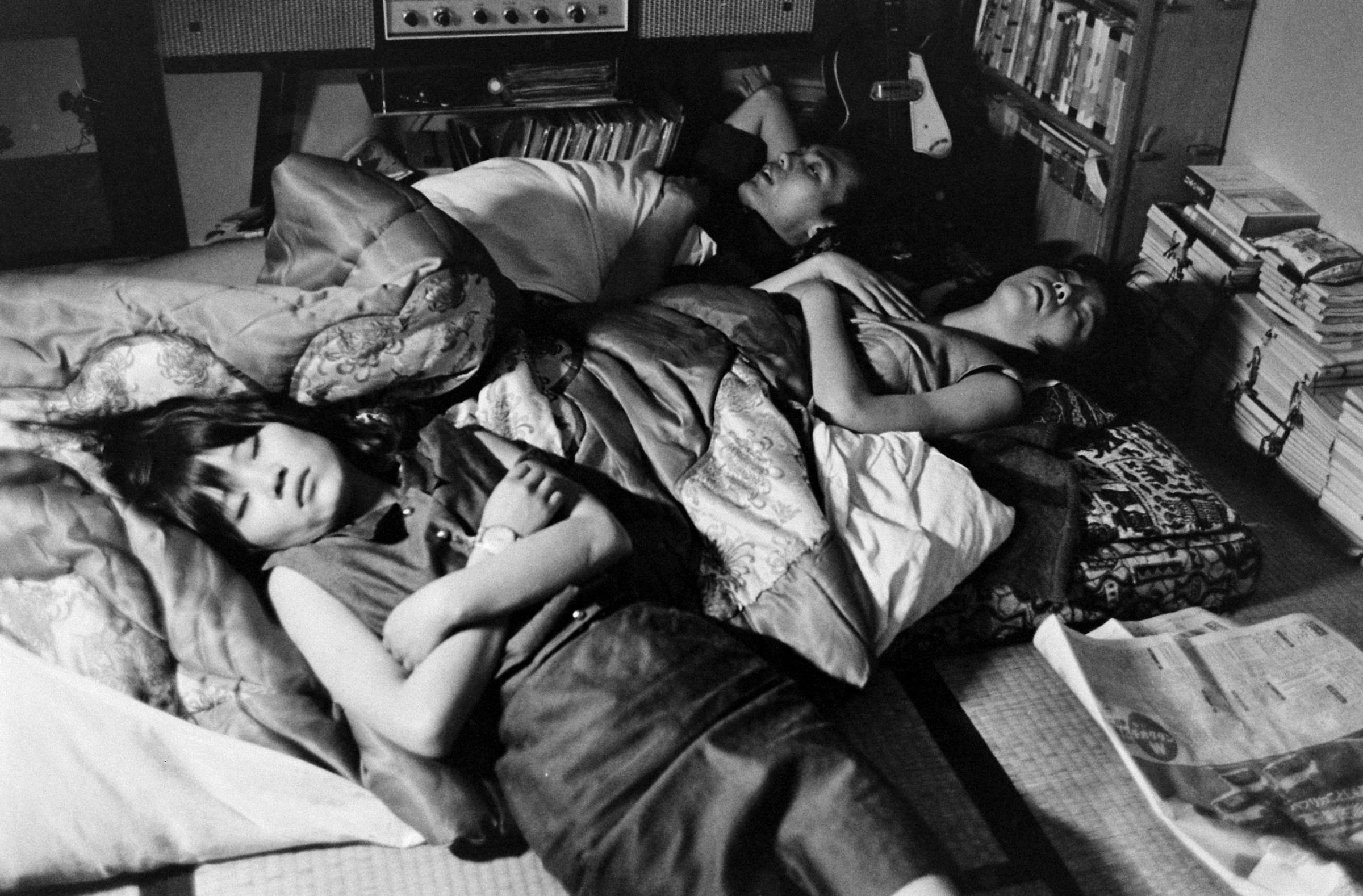

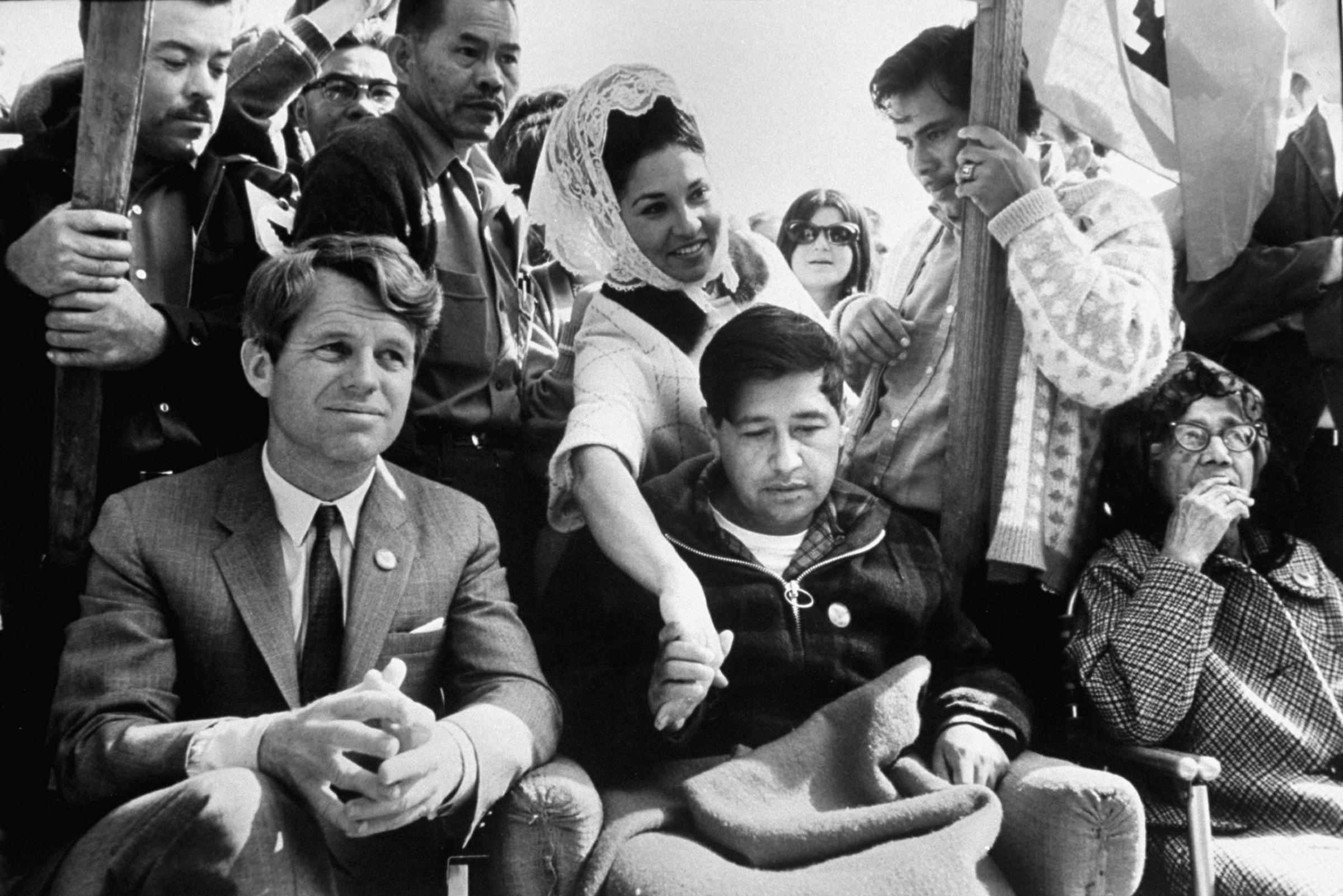


More Must-Reads from TIME
- Donald Trump Is TIME's 2024 Person of the Year
- Why We Chose Trump as Person of the Year
- Is Intermittent Fasting Good or Bad for You?
- The 100 Must-Read Books of 2024
- The 20 Best Christmas TV Episodes
- Column: If Optimism Feels Ridiculous Now, Try Hope
- The Future of Climate Action Is Trade Policy
- Merle Bombardieri Is Helping People Make the Baby Decision
Contact us at letters@time.com